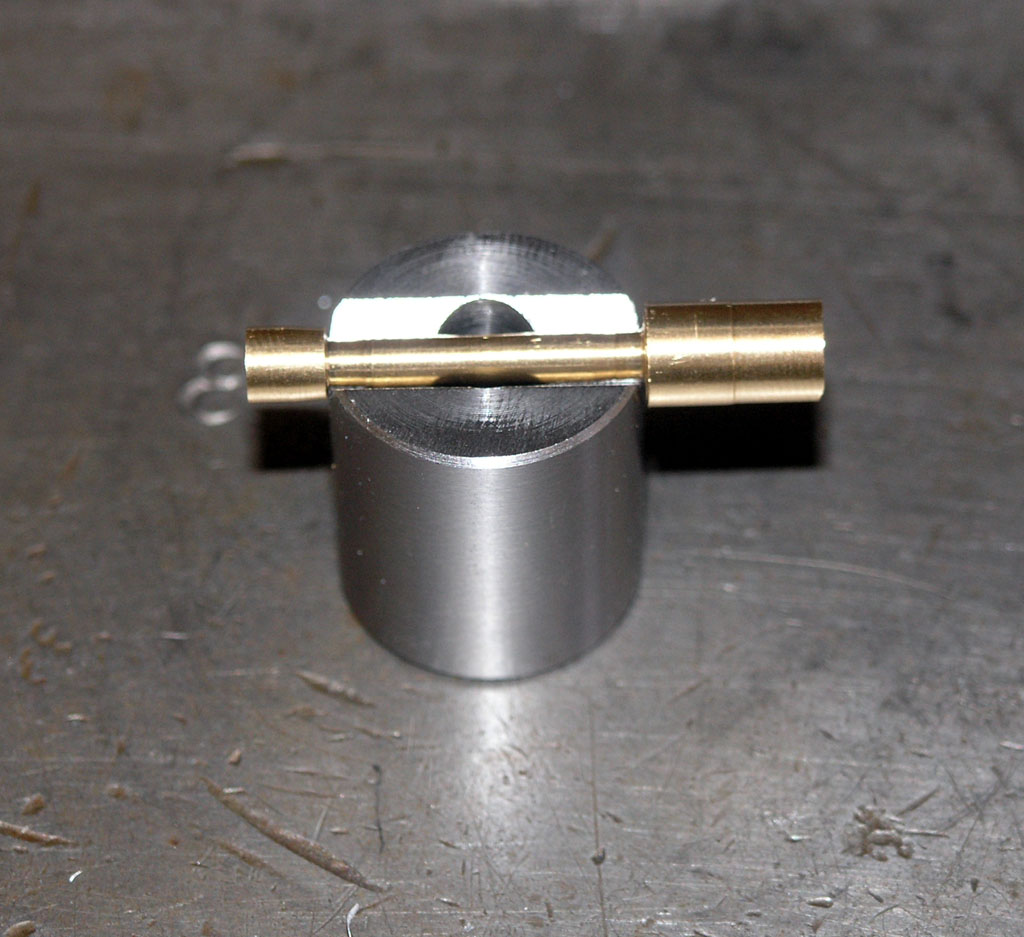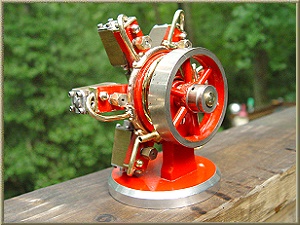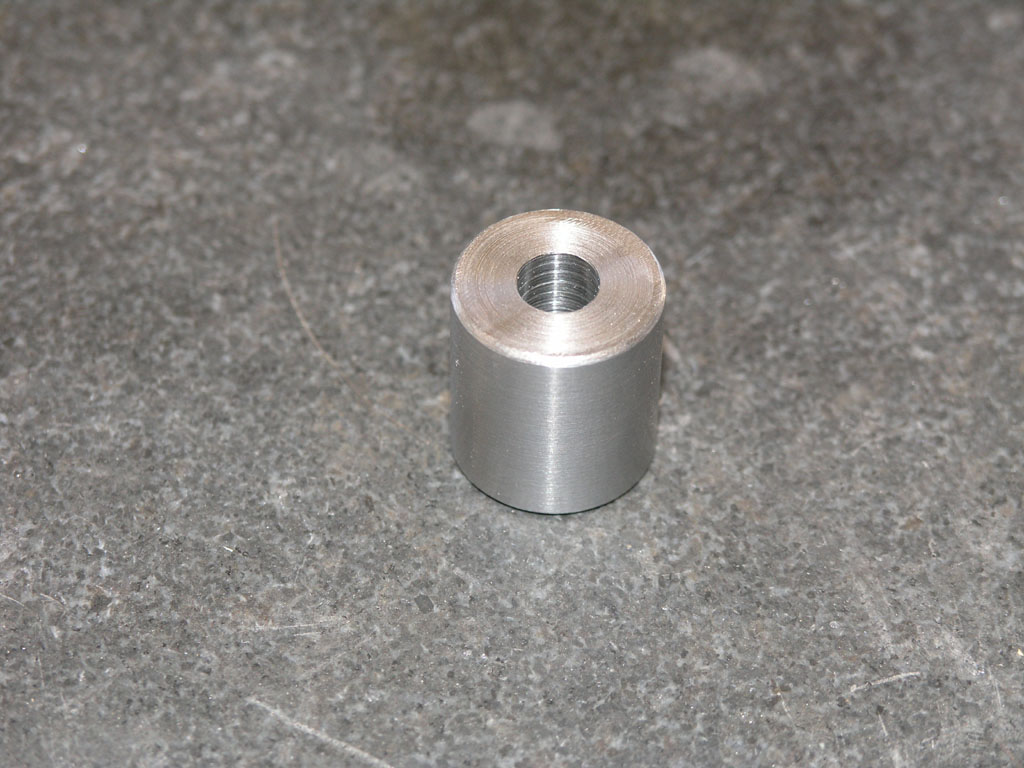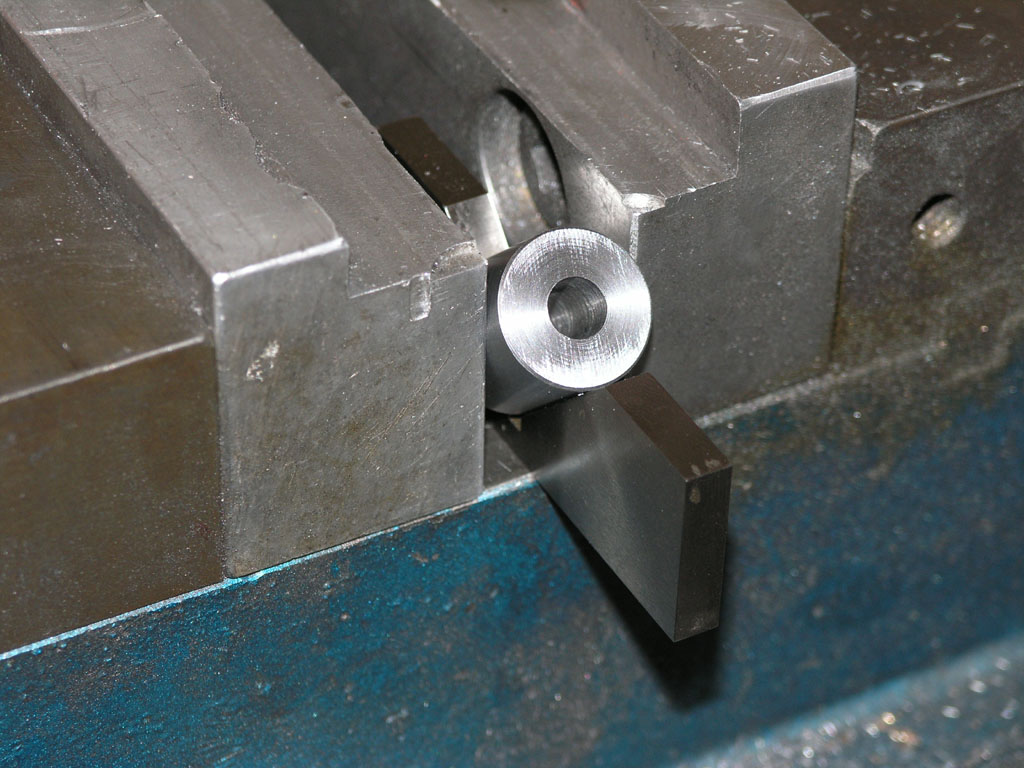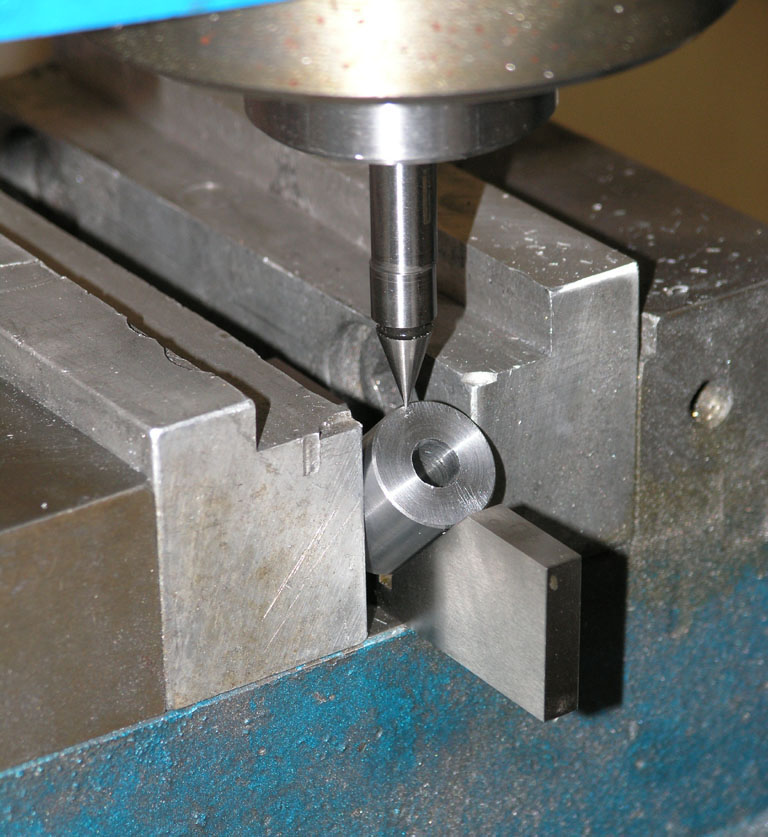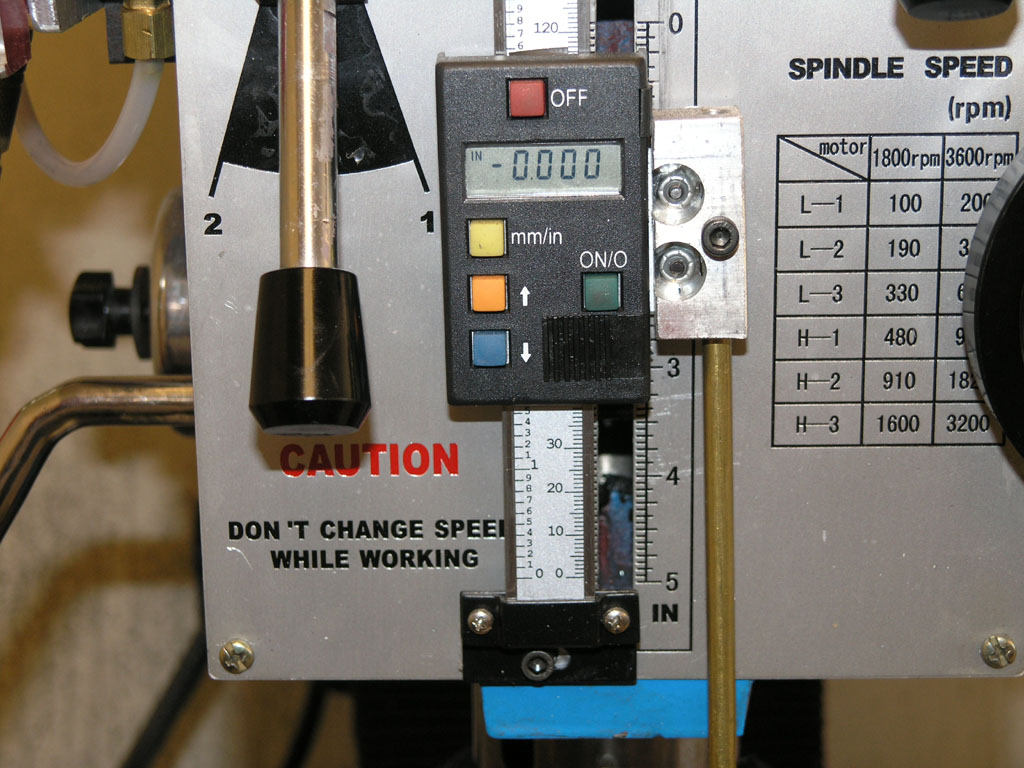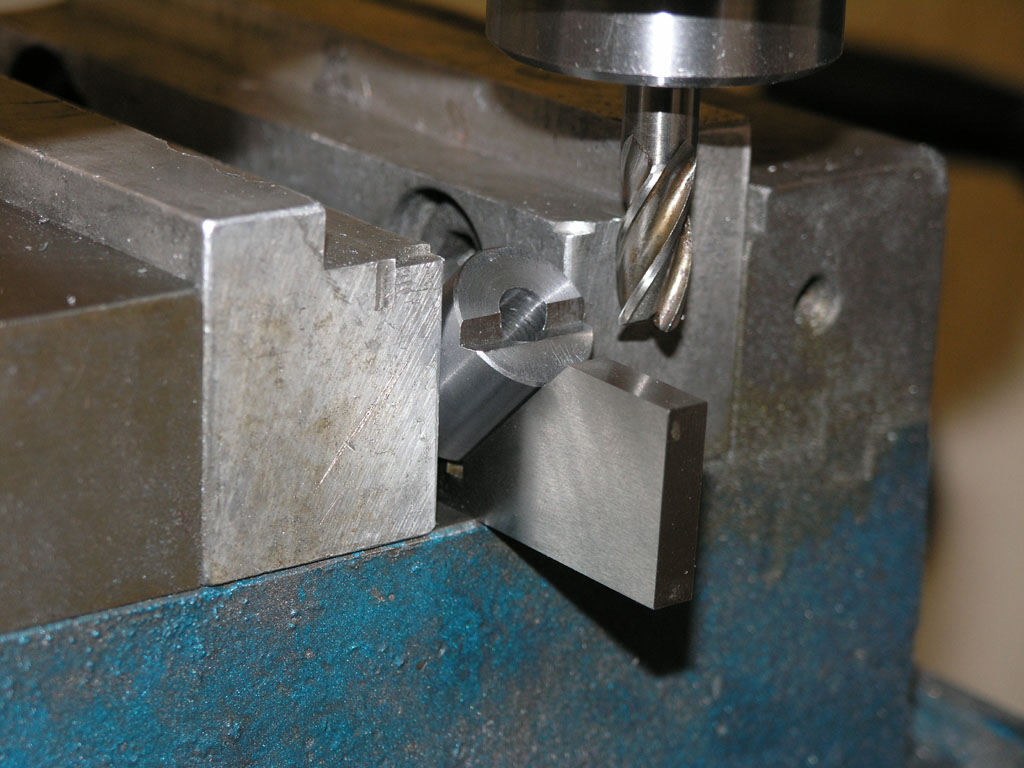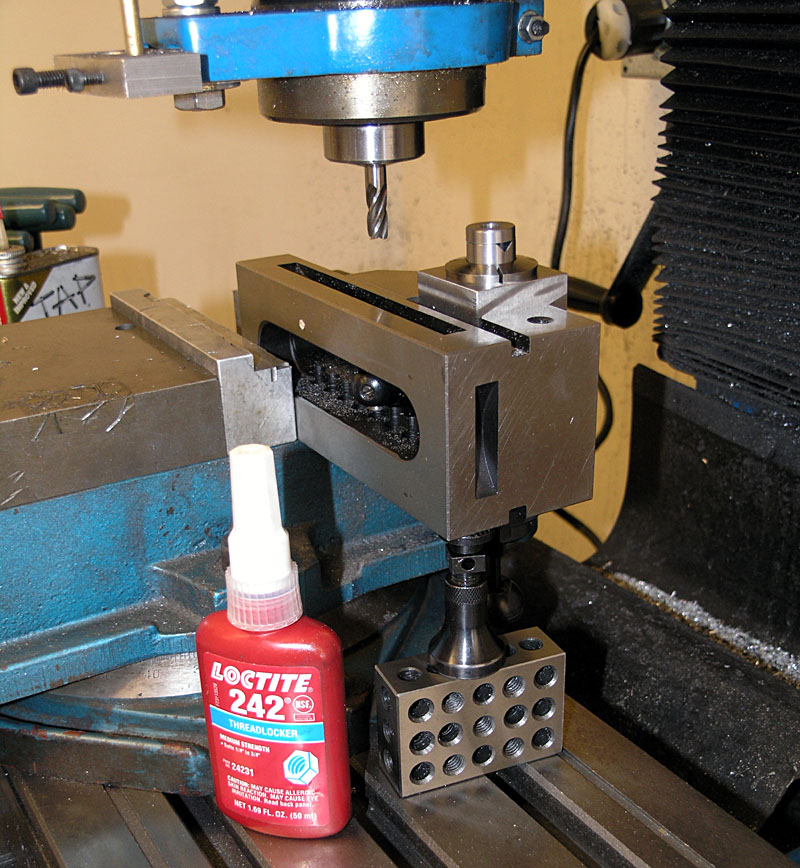BobWarfield
Well-Known Member
- Joined
- Dec 27, 2007
- Messages
- 1,151
- Reaction score
- 1
I'm in!
This current one has been a lot of fun. I can't wait to see the finished engines.
I see the Team Build format as letting one "build" more engines that they'd otherwise have time to tackle. It's also a great opportunity to learn some new tricks, not the least of which is some of the skills required for "production" work. In my prior projects, if a part wasn't quite right, it was often an option to modify the parts it was fit to, and thereby avoid scraping. That's not really an option for a Team Build.
As to desired future builds, let's do something a little more complex, and a little more unusual. I mentioned the Hula Hula before. It isn't hard to build, it is ideal for the "production line" process that is a Team Build, and it is unusual. Doubtless there are many similar possibilities.
Cheers,
BW
This current one has been a lot of fun. I can't wait to see the finished engines.
I see the Team Build format as letting one "build" more engines that they'd otherwise have time to tackle. It's also a great opportunity to learn some new tricks, not the least of which is some of the skills required for "production" work. In my prior projects, if a part wasn't quite right, it was often an option to modify the parts it was fit to, and thereby avoid scraping. That's not really an option for a Team Build.
As to desired future builds, let's do something a little more complex, and a little more unusual. I mentioned the Hula Hula before. It isn't hard to build, it is ideal for the "production line" process that is a Team Build, and it is unusual. Doubtless there are many similar possibilities.
Cheers,
BW





